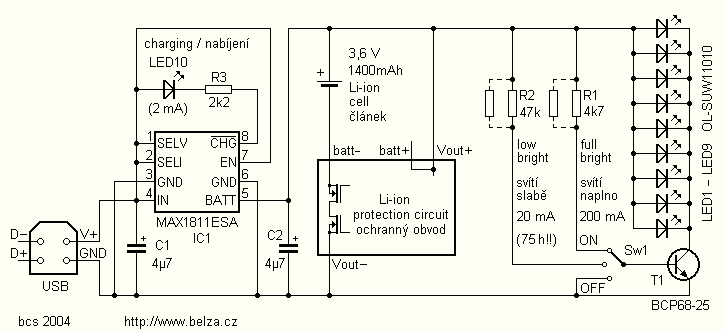
LM258 LM258 Flex Sensor Circuit

This circuit is used to select modes of operation. The accelerometer is utilized to generally move the snake arm, while the Hall effect sensors are designed to enable various functions.
The circuit described incorporates an accelerometer and Hall effect sensors to facilitate the control and operation of a robotic snake arm. The accelerometer serves as a motion sensor that detects changes in orientation and movement, allowing for precise control of the snake arm's position and movement dynamics. It can provide data regarding tilt and acceleration, which can be processed to determine the desired mode of operation for the arm.
The Hall effect sensors are strategically placed to detect magnetic fields, which can be used to determine the position of the arm segments or to enable specific operational modes based on the proximity of magnetic objects or components. These sensors can trigger different functionalities, such as switching between modes for movement, grasping, or other tasks.
The integration of these components into a cohesive circuit requires careful consideration of the signal processing and control logic. The accelerometer output can be interfaced with a microcontroller, which interprets the data to adjust the arm's movements accordingly. The Hall effect sensors can also be connected to the same microcontroller, allowing for simultaneous processing of inputs to ensure seamless operation.
Power supply considerations must also be addressed, ensuring that both the accelerometer and Hall effect sensors receive adequate voltage and current for optimal performance. Additionally, protective components such as resistors and capacitors may be included to filter noise and stabilize the circuit.
Overall, this configuration provides a versatile platform for controlling a snake arm robot, enabling it to operate in various modes based on real-time feedback from the accelerometer and Hall effect sensors.used to select modes of operation, the accelometer is used to generally move the snakearm while the hall effect sensors are designed to enable .. 🔗 External reference
The circuit described incorporates an accelerometer and Hall effect sensors to facilitate the control and operation of a robotic snake arm. The accelerometer serves as a motion sensor that detects changes in orientation and movement, allowing for precise control of the snake arm's position and movement dynamics. It can provide data regarding tilt and acceleration, which can be processed to determine the desired mode of operation for the arm.
The Hall effect sensors are strategically placed to detect magnetic fields, which can be used to determine the position of the arm segments or to enable specific operational modes based on the proximity of magnetic objects or components. These sensors can trigger different functionalities, such as switching between modes for movement, grasping, or other tasks.
The integration of these components into a cohesive circuit requires careful consideration of the signal processing and control logic. The accelerometer output can be interfaced with a microcontroller, which interprets the data to adjust the arm's movements accordingly. The Hall effect sensors can also be connected to the same microcontroller, allowing for simultaneous processing of inputs to ensure seamless operation.
Power supply considerations must also be addressed, ensuring that both the accelerometer and Hall effect sensors receive adequate voltage and current for optimal performance. Additionally, protective components such as resistors and capacitors may be included to filter noise and stabilize the circuit.
Overall, this configuration provides a versatile platform for controlling a snake arm robot, enabling it to operate in various modes based on real-time feedback from the accelerometer and Hall effect sensors.used to select modes of operation, the accelometer is used to generally move the snakearm while the hall effect sensors are designed to enable .. 🔗 External reference





